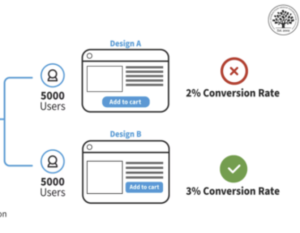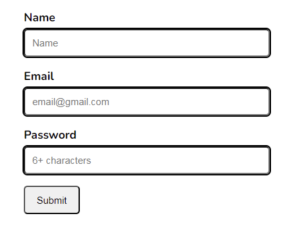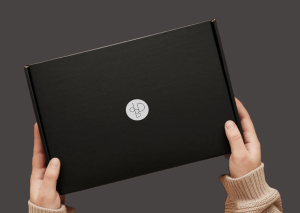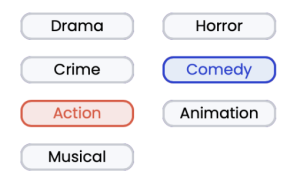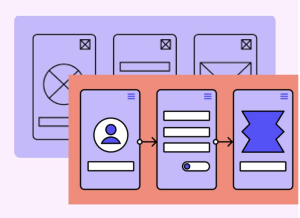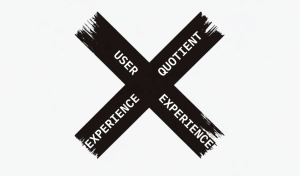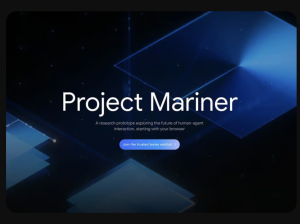Designing for the Unexpected
As a UX designer, your job is to make sure Web-site visitors have the best user experience possible. However, users are bound to make mistakes. Whether because of their being unfamiliar with your user interface, clicking something accidentally, or simply misinterpreting your instructions, mistakes are all but unavoidable.

